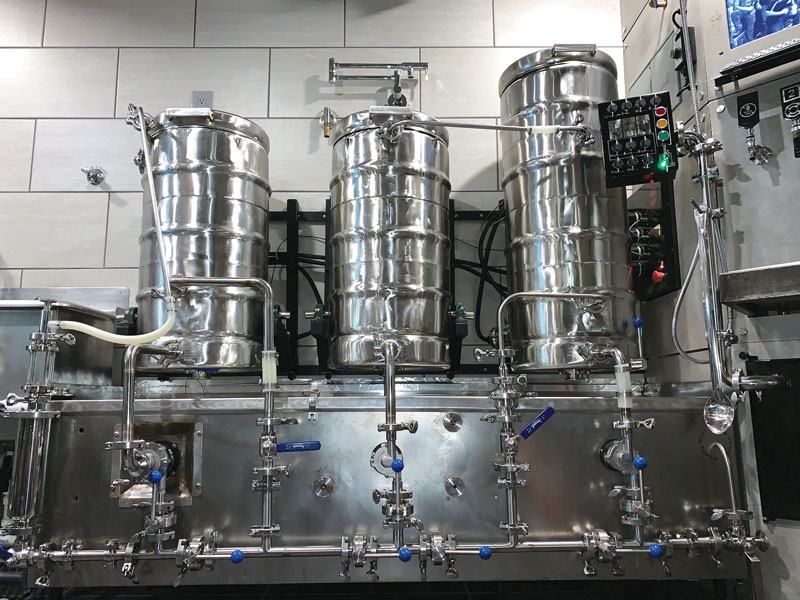Mr. Wizard
Carbonating in Kegs or Growlers
This is a great question and one I always like answering. Beer can be conditioned, a.k.a. naturally carbonated, by capturing carbon dioxide produced by yeast in a conditioning tank, bottle, can, or
The Effects of Cold-Water Extraction
Homebrewers are always pushing the envelope for cool ideas and this one is certainly doable. Let’s start with a quick review of what happens in a cold mash. When milled grains, be
An Unexpected Drop in Gravity
I want to begin with a true confession about how I write this column. Using no special system, I select questions for discussion from those that are sent into BYO. The best
Ways to Brew Low-Alcohol and Non-Alcohol Beers
Before jumping into a review of some of the methods used to produce no- and low-alcohol beers, so-called NABLABs where NABs (non-alcohol beers) contain less than 0.5% ABV and LABs (low-alcohol beers)
A Dive Into Honey Malt
The rule of thumb when brewing with extracts is to steep crystal, caramel, and roasted specialty malts, and to mash specialty malts that contain starch. When crystal and caramel* malts are made,
Balancing A Draft System
For starters, thanks for the great link. Mike Soltys, PhD. is the brains behind the hose length calculator you referenced and he has taken a fluid dynamics approach to beer line calculations
The Importance Of Fermentation Temperatures
Fermentation temperature definitely affects beer flavor and fermentation rate, however some yeast strains are more influenced by temperature than others. I will come back to this in a moment. Brewers who have
Get The Scoop On Dip Hopping
Perhaps the most interesting things about dip hopping are the amount of data about the technique along with its relatively low-profile presence in the weird world of brewing hype. Before jumping into
The Importance of a Diacetyl Rest
Diacetyl rests or colloquially known as d-rests, whether brewing lagers or ales, are good insurance policies to help ward off diacetyl. Many recipes focus on wort production and provide little in the
Munich Malts Explained
The differences among specialty malts is confusing for a number of reasons, including how the same description, such as Munich or crystal, is used for a wide range of malts. And some
The Importance of Removing Trub
The range of methods used by brewers to produce beer certainly is not lacking of variety. There are commercial brewers of great, hoppy beers who accept high wort losses when high hop
The Necessity For Sanitizing Everything Post-Chilling
This question is timely; the last time I brewed I was daydreaming about the necessity of sanitizing everything that touches beer after wort cooling because the use of sanitizers is relatively new
